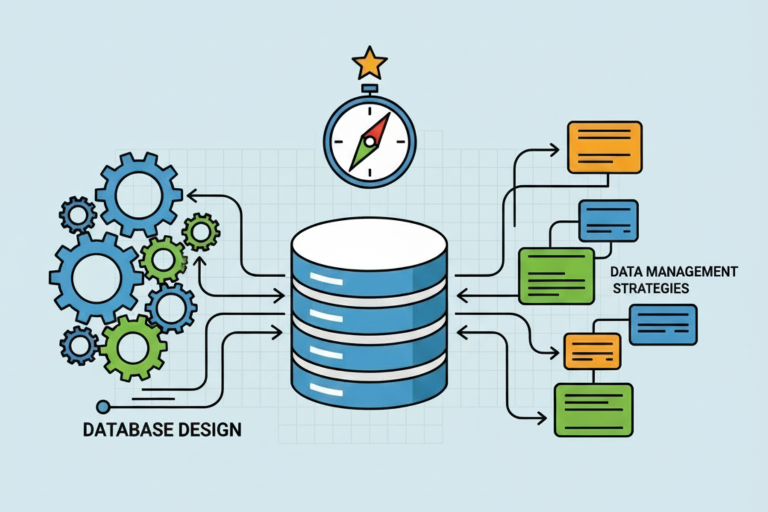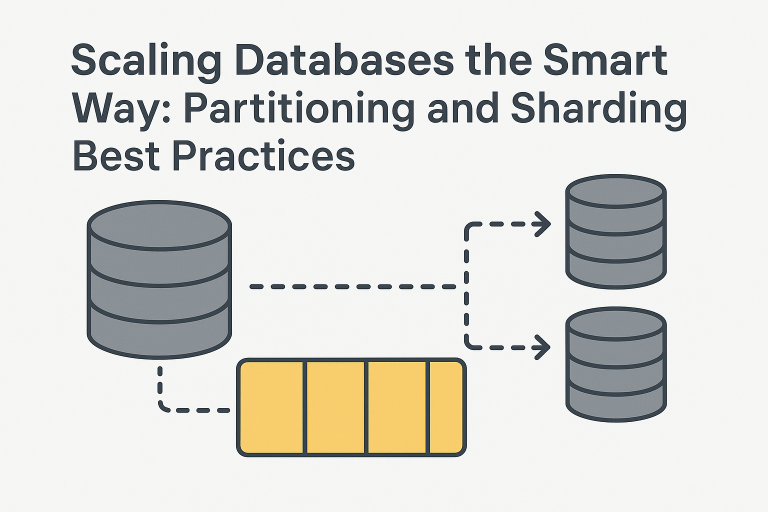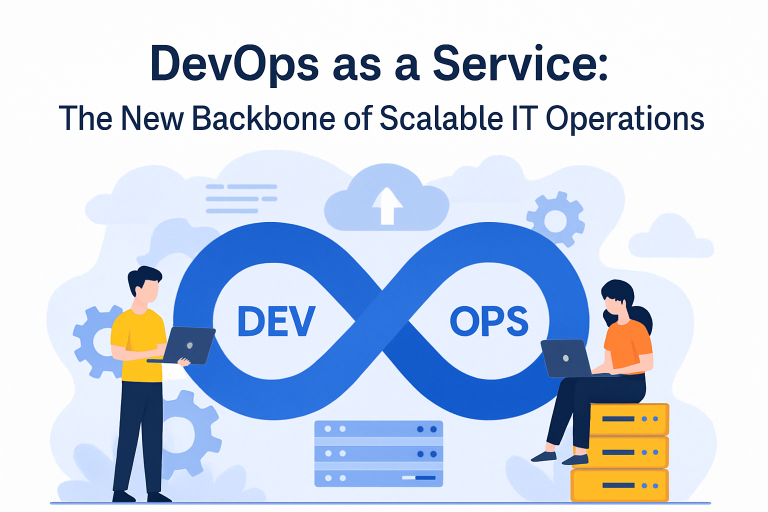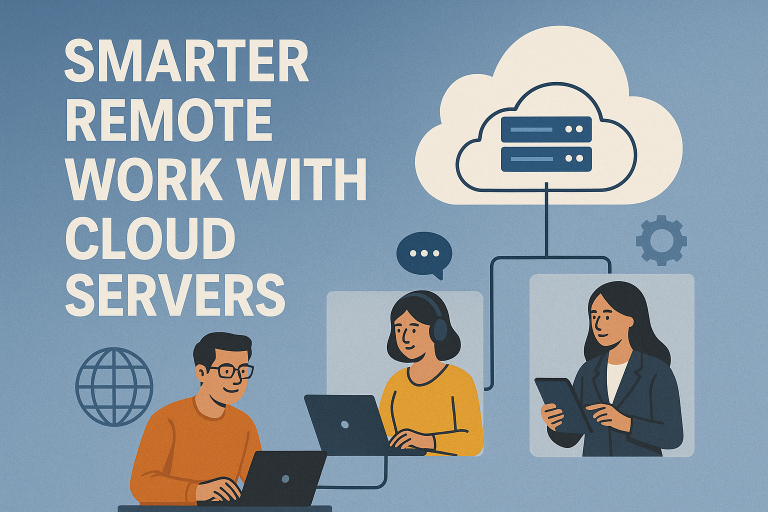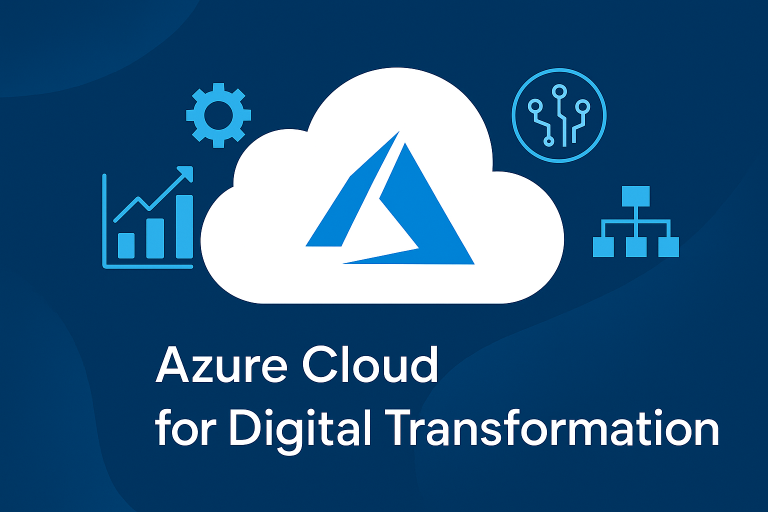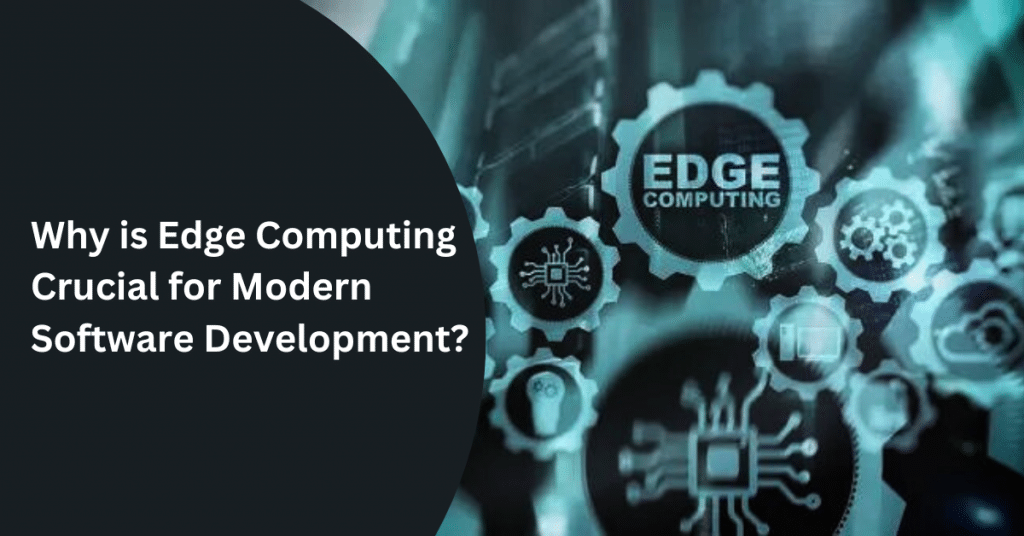
In the rapidly evolving world of software development, the demand for efficient and responsive applications has skyrocketed. Traditional computing models, which rely on centralized data centers, often struggle to meet the requirements of modern applications that require real-time processing and minimal latency. To tackle these challenges, edge computing has emerged as a vital solution. This technology distributes computing and data storage closer to the source, resulting in faster response times and reduced bandwidth usage. In this blog, you will explore the significance of edge computing in modern software development, examining its benefits and applications that make it an indispensable component in the quest for cutting-edge software solutions.
What is Edge Computing?
You can understand this technology as a decentralized approach to computing that minimizes latency by processing data closer to its source. In traditional computing models, large datasets often download to a central server, which causes delays and inefficiencies. In contrast, edge computing downloads and processes only the necessary data locally, leading to significant time savings.
A relatable analogy for this approach is streaming a video on Netflix. Instead of downloading the entire video before playback, the video is broken into smaller pieces and processed closer to the user’s device in real-time. This eliminates buffering delays and provides a seamless viewing experience.
Benefits of Edge Computing
This approach offers several compelling benefits for modern software development:
Reduced Latency: By bringing computation closer to the data source, edge computing significantly reduces latency. This is particularly crucial for applications requiring real-time responses, such as autonomous vehicles or virtual reality experiences.
Enhanced Security and Privacy: Keeping data local through edge computing improves security by mitigating cyber-attack risks. Sensitive data is less likely to be inadvertently sent to centralized locations, reducing the chances of compromise.
Improved Data Processing and Storage Efficiency: Centralized data centers often struggle with managing and processing large volumes of data from various sources. This technology alleviates this burden by enabling local processing and storage, enhancing efficiency and cost savings.
How Can Edge Computing Be Used in Software Development?
Edge computing has various applications in modern software development, empowering developers to create more responsive applications and take advantage of local processing power and storage capacities. Here are a few ways the approach can be leveraged:
Responsive Applications:
Developers can utilize edge computing to build applications that respond quickly to user input and environmental changes. By processing data in real time on local devices, applications become highly responsive and deliver a seamless user experience.
Offline and Low-Connectivity Capabilities:
Edge computing enables the development of applications operating offline or in low-connectivity areas. By leveraging edge devices’ processing power and storage capacities like sensors and wearables, the software can function even when internet connectivity is limited or unavailable.
Reduced Software Update Deployment Time:
With this technology, software updates can be deployed directly to devices at the network’s edge, bypassing the need for round trips to a central server. This streamlines the update process, saving valuable time for both developers and end-users.
Data-Driven Development:
Edge devices equipped with sensors and data-gathering capabilities provide developers with valuable insights into how users interact with software. By leveraging this data, developers can enhance and tailor their applications to better meet user needs. Furthermore, these insights allow teams to identify trends and make informed decisions, ultimately improving user experience and satisfaction.
Why is Edge Computing Necessary for Modern Software Development?
Edge computing is becoming increasingly necessary for modern software development due to its ability to address critical concerns such as data privacy, data sovereignty, data ownership, data locality, data residency, and data security.
Companies view data privacy and security as crucial, and this approach offers a solution by keeping data local and limiting accessibility. Moreover, data sovereignty ensures that organizations retain control over their data and where it is stored, reducing reliance on third-party providers. Furthermore, data ownership reinforces control, stressing that companies should own their data rather than rely on external entities.
Data locality and residency emphasize the need for storing data closer to where it is used. Consequently, by reducing the distance between data processing and consumption, edge computing improves performance and efficiency. Therefore, it becomes an ideal choice for modern software development.
The Future of Edge Computing
The future of edge computing in software development is centered around enabling processing closer to the source of data, whether it be individual users or Internet of Things (IoT) devices. By processing data at the edge, faster and more effective processing is achieved, eliminating the need to send data to a central location.
The potential applications of edge computing are vast. For instance, autonomous vehicles rely on real-time sensor and camera data processing for navigation and obstacle avoidance. Similarly, Augmented Reality (AR) applications require real-time processing of a user’s environment to overlay digital information seamlessly. As a result, edge computing plays a crucial role in enhancing the functionality and responsiveness of these technologies.
This technology transforms numerous industries, including healthcare, transportation, manufacturing, and retail. By enhancing data processing efficiency and security, edge computing paves the way for innovation and advancements in software development. Furthermore, it enables organizations to respond swiftly to emerging challenges and seize new opportunities.
To make your edge computing journey smooth, you can consult with a managed IT services provider. They offer consulting and planning services to determine the feasibility and benefits of implementing these solutions. They can also provide expertise in setting up and configuring the required infrastructure, including edge devices and networking components. Additionally, managed IT service providers can offer ongoing monitoring, maintenance, and support to ensure the smooth operation of edge computing systems. By employing a managed IT services provider, you can effectively implement and manage these solutions to enhance your performance, reduce latency, and improve data processing efficiency.
Conclusion
Edge computing has become a crucial component of modern software development. Its ability to reduce latency, enhance security and privacy, and improve data processing efficiency makes it indispensable. By leveraging this technology, developers can create responsive applications, enable offline capabilities, and streamline the software update process. Additionally, this technology empowers teams to deliver better user experiences and adapt quickly to changing demands.
Furthermore, edge computing addresses critical concerns such as data privacy, ownership, and residency, providing companies with greater control over their data. With its promising future and applications, this approach will revolutionize software development and transform various industries.
